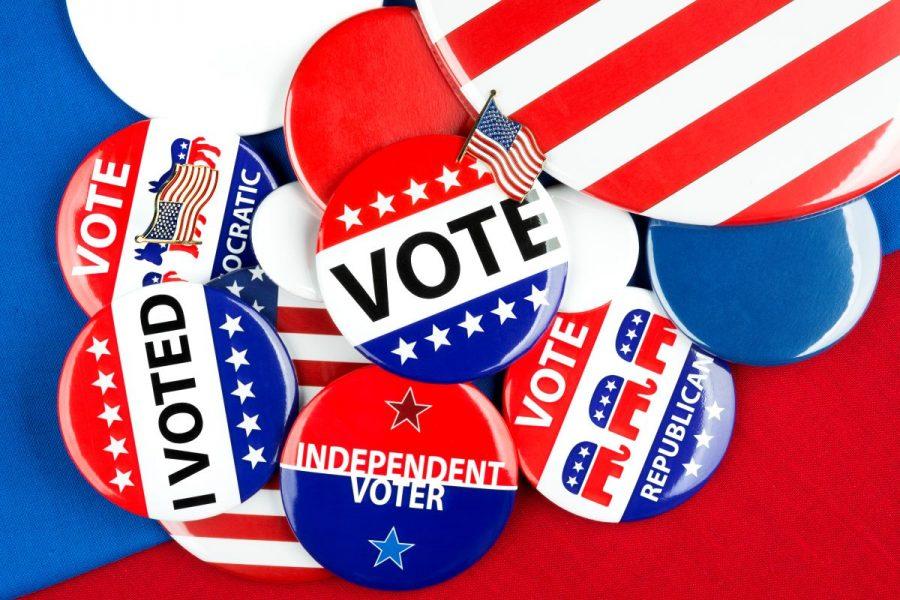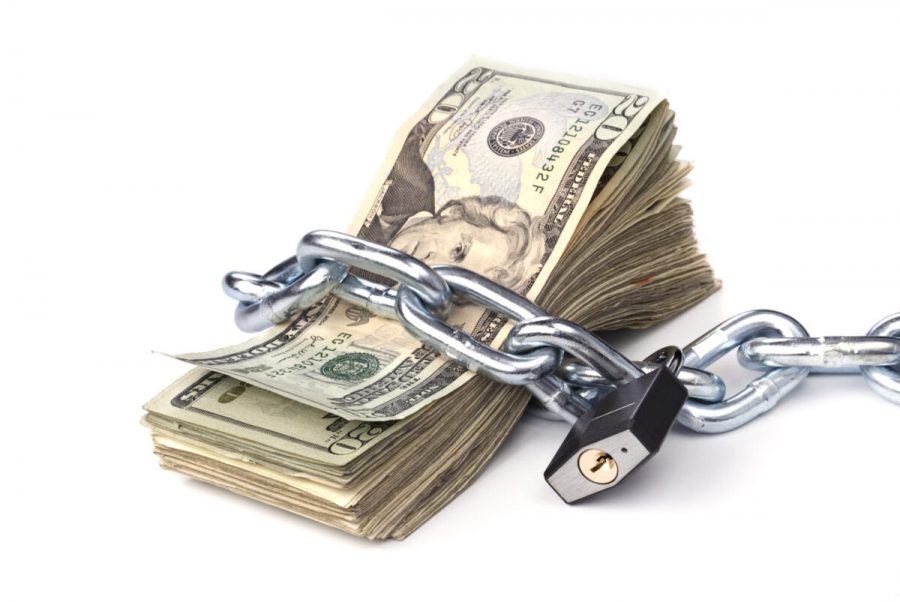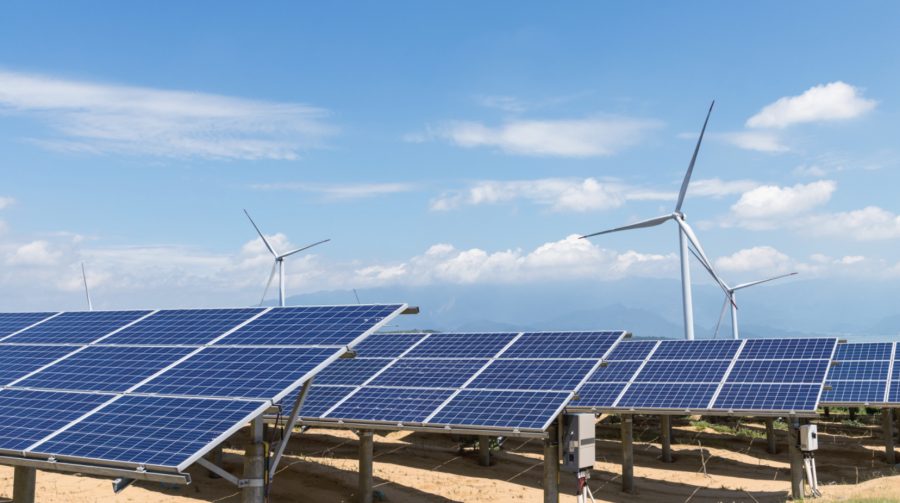Definition and Purpose
A tariff is a tax on imported goods.
The purpose of taxing foreign products is to raise the competitiveness of domestic companies to try to boost the economy. Tariffs also raise revenue to the Department of Treasury.
- This means if international products must accommodate for a tariff, their selling price in the U.S. must be higher. Because domestically produced goods do not have to pay a tariff, they can be more competitive on the market, making them able to earn a higher profit.
There are other implications of tariffs, however, leading economists to argue whether or not they are effective in helping the U.S. economy.
Status Quo
“Approximately 96 percent of U.S. merchandise imports are industrial (non-agricultural) goods,” according to the United States Trade Representative,
“The United States currently has a trade-weighted average import tariff rate of 2.0 percent [of the product] on industrial goods. One-half of all industrial goods entering the United States enter duty free.”
- Because half of the industrial goods don’t have a tariff, the average given tariff is around four percent.
If the U.S. has a free trade agreement with a country, all tariffs are waived.
- The U.S. respects free trade agreements with 20 countries. This list does not include China, Japan and Germany, three of the top five U.S importers, but the list does include Canada and Mexico who are also apart of the top five.
Source: Office of the U.S. Trade Representative
Varying Viewpoints
For Harsher TariffsBoost American products
|
Against Harsher TariffsMake higher prices
|
Reduce the trade deficit
|
Countries retaliate
|
Source: The Balance
President Trump’s Steel and Aluminum Tariff
President Trump has issued many tariffs in his presidency as a part of his “America First” economic policy.
Steel and Aluminum Tariff
- President Trump issued a 25 percent tariff on steel and a 10 percent tariff on aluminum in March 2018. Previously, steel and aluminum were more than 4 percent of U.S. imports. In May 2019, President Trump dropped these tariffs from Canada and Mexico, who were only added because of NAFTA disputes.
Winners and Losers
WinnersUS Steel and Aluminum Companies
US Steel and Aluminum Workers
|
LosersUS companies who buy steel/aluminum
US Workers in those companies
|
Canada
|
|
Europe
|
Europe
|
Unclear: China
- While the steel and aluminum tariffs intended to undermine China, the effect is unclear. Additionally, the Trump Administration granted over 3000 waivers to Chinese companies, perhaps nullifying the tariff’s purpose.
Sources: The Washington Post, Kpsglobal.com, New York Times, CBS News
U.S. and China Trade War
In June 2018 President Trump began the “trade war” when he issued 25 percent tariffs on 818 categories of good worth $50 billion. Currently, U.S. tariffs against China sit at $550 billion. The purpose of the tariffs is to combat the growing trade deficit. China has since retaliated with $180 billion in tariffs.
Source: China Briefing
Trade War Definition
- A trade war is an economic conflict where two entities try and damage each other’s trade.
- A typical case is when two countries impose tariffs on each other in retaliation for the other’s tariffs. This type of trade war is caused by protectionism (protecting domestic businesses) and/or trying to decrease trade deficits.
Source: Investopedia
4 US Trade Wars of the Past
- Boston Tea Party (1773) to American Revolution
This example goes back before the founding of the U.S. when people living in the area were known as the colonists of Britain. The colonists were upset about the previous taxes Britain imposed on them, such as the Stamp and Sugar Acts, and the colonists demanded there be “no taxation without representation.” Because Britain didn’t grant them this, claiming they were represented by the parliament, the colonies boycotted British goods. This boycotting finally led to the Boston Tea Party when the Sons of Liberty dumped British Tea into the Boston harbor. This act led to mounting tensions eventually beginning the American Revolution.
- Smoot-Hawley Act of 1930
Before the Great Depression really set in, Herbert Hoover was president. The Smoot-Hawley Act proposed and passed by Congress raised tariffs in hopes to boost the economy. Without Hoover’s veto, it passed. However instead of boosting the American economy, it was met by the retaliation from other countries and severely declined American exportation. The Smoot-Hawley Act spiraled the U.S. further into the “Great Depression.”
- Chicken Wars (1960s)
France and West Germany imposed tariffs on American poultry as imports soared. The US retaliated with tariffs on “light trucks,” brandy, potato starch and dextrin. The tariffs continued and many businesses found loopholes to get around the “light truck” tariff by selling the parts first, then assembling them into a “light truck” in the United States.
- Japan Trade War (1980s)
The Japanese auto industry was put under tariffs by President Ronald Reagan when Japan didn’t follow a trade agreement surrounding American computer chips. Japan didn’t retaliate, and Japanese cars exports dropped 3 percent. U.S. consumers paid an estimated $53 billion more because of the tariffs.
Source: History Channel, ThoughtCo.


















































































